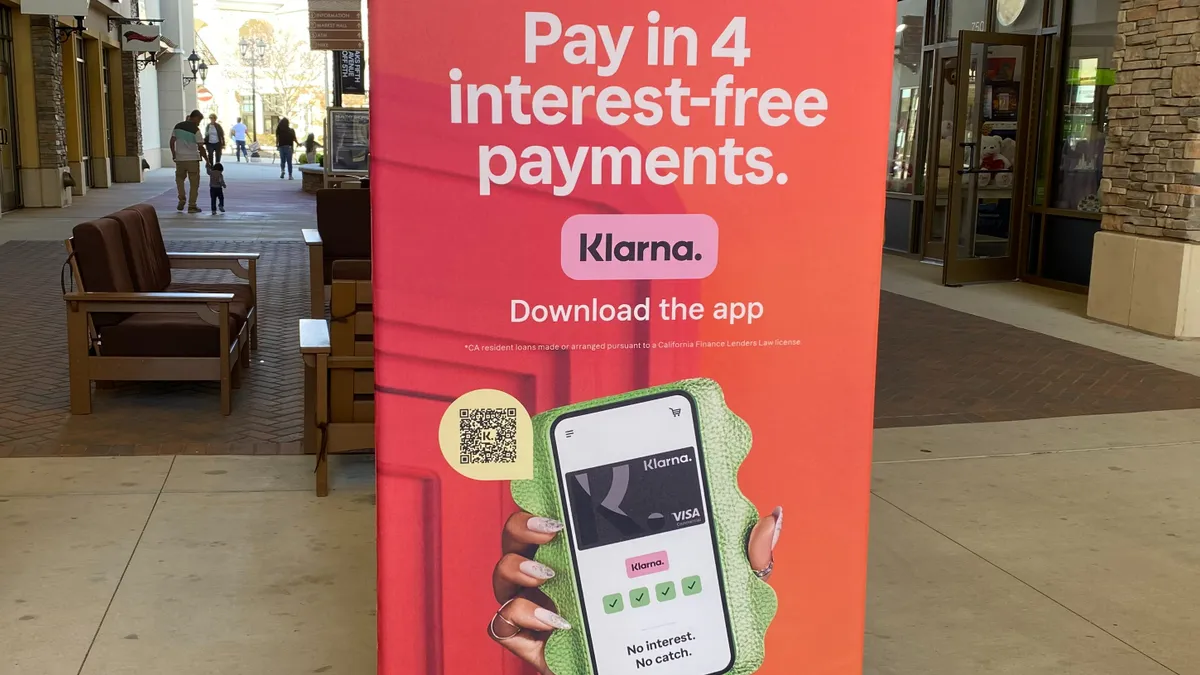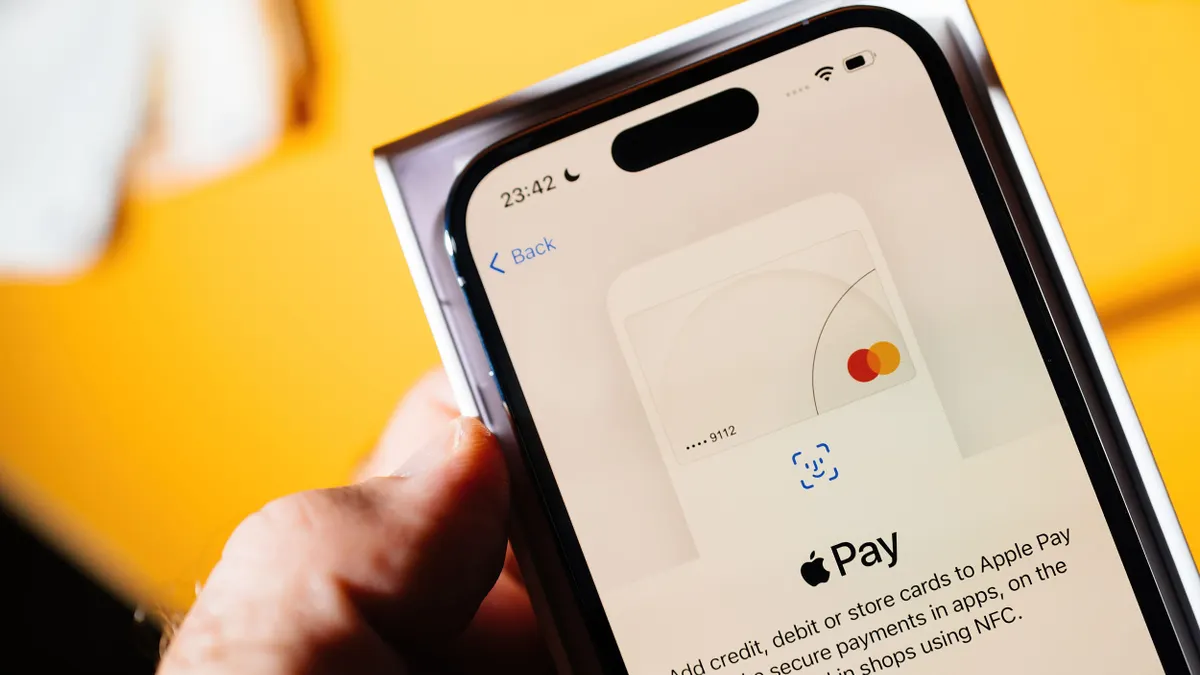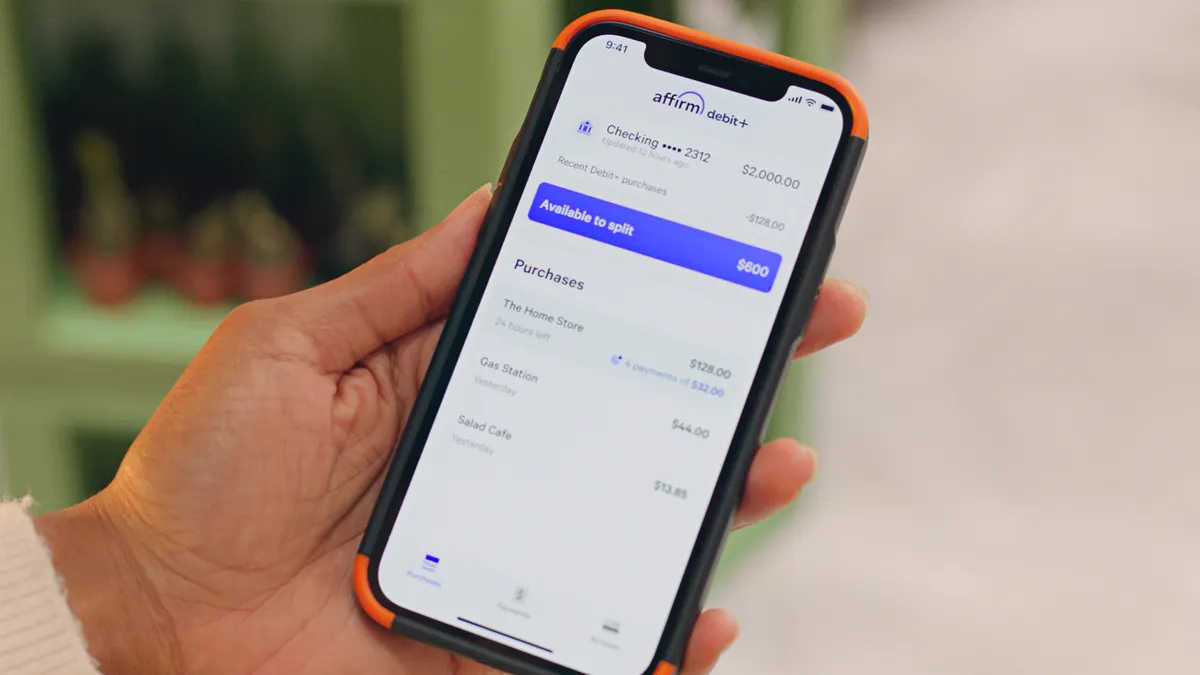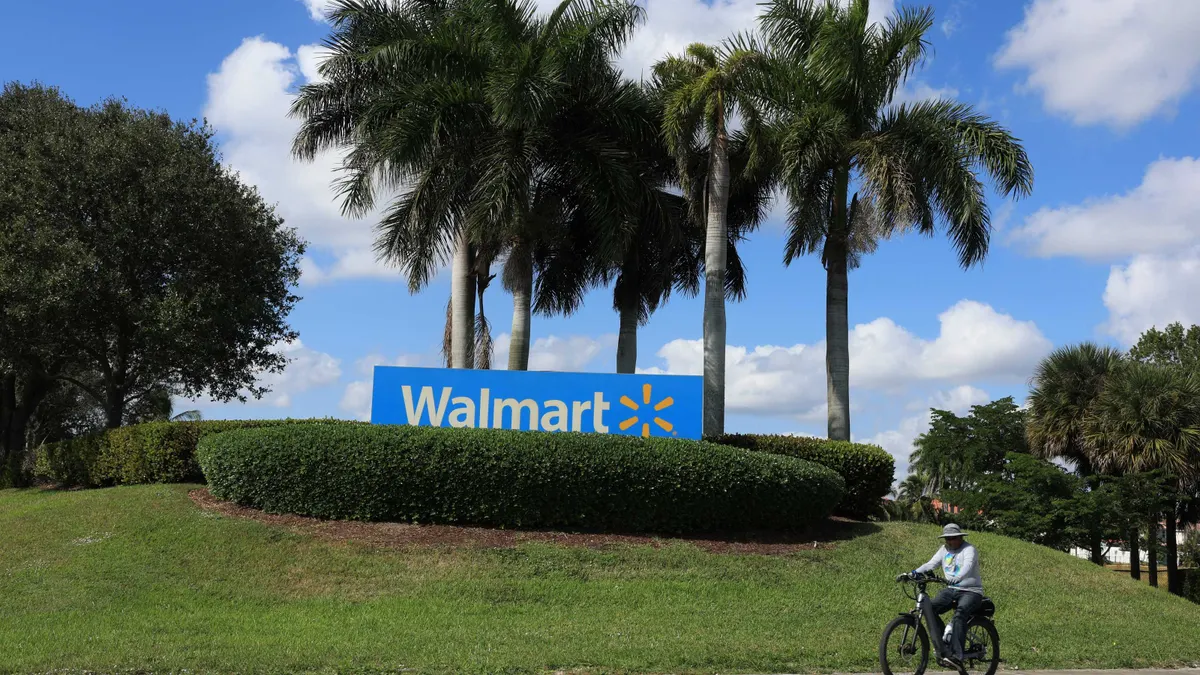In a rare move, Mizuho Securities on Friday downgraded Visa, the largest credit card network in the U.S., to a "neutral" rating from a "buy" rating, saying the company’s "single most important driver of revenue growth" was stalling.
Mizuho Analyst Dan Dolev said the slower rate at which consumers will be migrating from cash to credit and debit cards in the future will eat into Visa’s growth potential. So many have already made the shift, especially during the COVID-19 pandemic, that there is less opportunity ahead, he predicted in the note.
"In our view, COVID has dramatically and likely permanently shortened the cash-to-card conversion runway, which has driven ~45% of Visa’s revenue growth and has historically been the single most important driver of revenue growth," Dolev’s equity research team at Mizuho said in a Jan. 7 report.
Visa defended its growth prospects. "Looking ahead, Visa is well positioned for the future as we continue to drive the rapid growth of digital payments and enable innovation in money movement globally," Visa Spokesman Andy Gerlt said.
Other analysts have taken different positions on the company. In his December report, Oppenheimer Analyst Dominick Gabriele had an opposite view of Visa, calling out the ongoing cash-to-card conversion opportunity and giving the company an "outperform" rating, which is the equivalent of a "buy" recommendation.
"We believe the company is well-positioned to benefit from the long-term secular shift from paper currency (cash/check) to plastic (electronic payments), consumer spending growth, and increased globalization," Gabriele said in the Dec. 7 note. "The company has a strong franchise in the US and garners an increasing proportion of growth from international markets. Visa does not issue cards or extend credit, and it has one of the most attractive business models under our coverage."
That runs counter to Dolev’s take. In an interview regarding his report on Monday, Dolev underscored his thinking. "For the first time, there’s an expiration date on cash-to-card conversion for Visa," he said, referring to the long-term growth prospect. That’s even though the research noted there may be no material impact on the medium-term growth.
He estimates about 15% to 20% of consumer spending, or the equivalent of about $2 billion to $4 billion annually, is still in cash, but dissipating as consumers in the U.S. and other parts of the world move their spending to digital alternatives.
Cash use declined between 3% and 4% during the pandemic, compared to a rate of about 1% to 2% before the deadly virus arrived, according to the Mizuho note. An estimate from the global consulting firm McKinsey puts the cash use decline in the U.S. at a rate of about 6% annually through 2025.
"We estimate that even if the decline returns to its prior pace, cash-to-card as a growth driver may fade well before the decade is over," Mizuho said in the report.
San Francisco-based Visa and its Purchase, New York rival Mastercard have long dominated the credit and debit card network business together. Still, Dolev anticipates Mastercard will fare better against the cash challenge because it has shown itself to be more "agile" in diversifying its services and buying businesses that can take its services in new directions, he said. Mizuho is keeping a "buy" rating on Mastercard.
Dolev noted the company’s acquisitions in the past two years of the crypto security firm CipherTrace, the open banking play with Finicity and the purchase of the Israeli artificial intelligence firm Dynamic Yield all show more potential upside for that card rival.
In Visa’s case, the Justice Department campaign in 2020 to block the company’s former plan to purchase the fintech Plaid revealed potential pitfalls, Dolev said. He noted the Justice probe disclosed Visa executive emails that showed how formidable "revenue headwind" from Plaid could become, specifically an estimated $300 million to $500 million annually by 2024.
Still, Dolev was much more concerned about the cash situation than the swarm of fintechs nipping at Visa's heels worldwide. Internationally, many parts of the world have already leapfrogged the cash and card eras in moves to mobile and digital payment tools, some of which have no connection to the card networks.
Dolev’s report, entitled "It’s Hard to Say 'Good Buy,'"may be a proxy for his relationship with Visa. While he’s covered the company for three years, including at a former employer, his latest report isn’t likely to sit well with Visa. Most analysts talk frequently with the companies they cover.
Asked how Visa responded to his report’s analysis, he said the company has pointed to other revenue streams that will grow and make up for the lost cash-to-card conversation revenue, specifically it's counting on new revenue flows from increased business-to-business card use and from the buy now-pay later trend that requires multiple installment payments, as opposed to a single upfront payment.
Each payment means more interchange revenue for the company, with credit interchange rates being higher than debit rates.
Still, Dolev argues those other revenue flows may offset the erosion of the losses from a decline in cash conversion, but won’t be able to completely make up for it.
In addition to Gabriele, two other analysts covering Visa who responded to a request for their latest reports have "buy" ratings on the company, which is a recommendation to buy the stock.
Truist Analyst Andrew Jeffrey acknowledged some of the competitive headwinds Visa has faced lately and noted the negative COVID-19 impact particularly on cross-border revenue, but said in an October report that he believes Visa’s many areas of growth will keep it “at the center of the global payments ecosystem.”





















